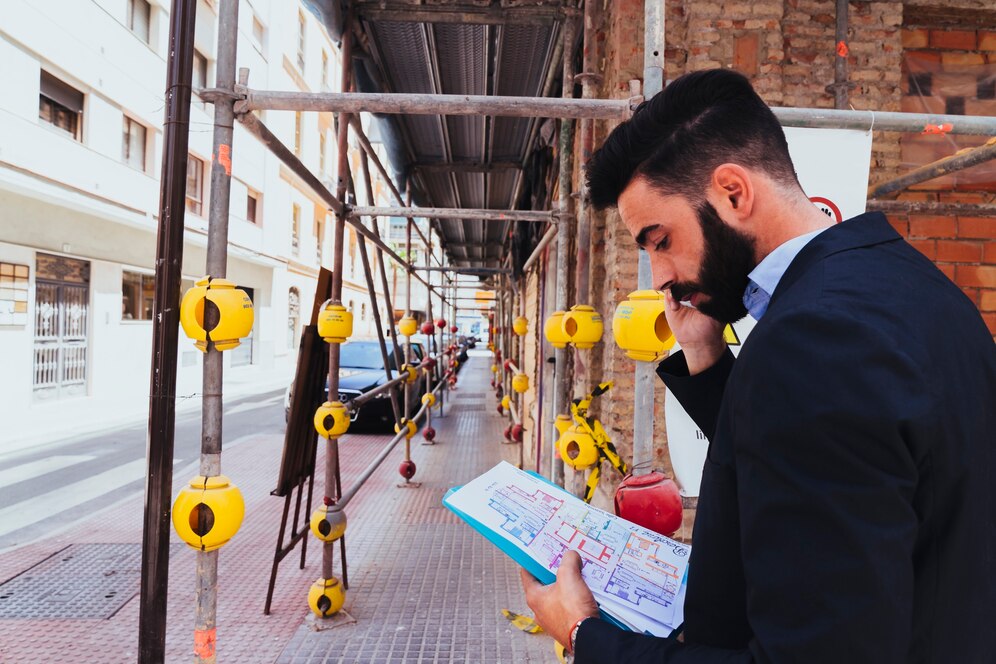
Ensuring workplace safety is paramount in any construction project. From construction sites to manufacturing plants, maintaining a safe environment is crucial to prevent accidents and protect employees. One of the most effective ways to maintain a safe working environment is through regular site safety inspections. These inspections not only identify potential hazards before they cause harm but also help companies comply with regulations and avoid costly fines.
In this article, we will delve into the importance of regular site inspections and how they can prevent accidents from occurring in the first place. So, grab your hard hat, and let’s get started!
What is a Site Inspection?
A site inspection is a formalized process in which a trained individual or team audits a construction site for hazards. The purpose of a site inspection is to identify potential safety and health hazards and recommend corrective actions to improve safety and health conditions at the worksite.
To be effective, site inspections must be conducted regularly and should be documented in a written report. Site inspectors should have knowledge of OSHA standards relevant to the construction industry, as well as experience in conducting safety audits.
Why are Site Inspections Important?
As construction site safety becomes an increasingly important topic of discussion, more emphasis is being placed on the importance of regular safety inspections. Site inspections are critical to preventing accidents because they help identify potential hazards before they become a problem.
Inspections also help ensure that all workers on a construction site are following safety protocols and procedures. By identifying potential hazards and ensuring that all workers are following safety procedures, site inspections can play a vital role in preventing accidents.
Who Performs Site Inspections?
There are a variety of professionals who can perform site inspections, depending on the type of business and the work being done. For example, construction sites will typically have competent persons who check for hazards and compliance with safety regulations. Manufacturing plants should also have a dedicated competent person on staff.
In many cases, it is the responsibility of the site superintendent or foreman to ensure that regular safety inspections are conducted and that any hazards are addressed in a timely manner. However, it may be beneficial to hire an external professional to conduct periodic inspections, as they will be able to provide an unbiased assessment of the workplace.
What are the Benefits of Regular Site Inspections?
Regular site inspections are critical for preventing accidents on construction sites. By identifying potential hazards and addressing them before they become a problem, inspectors can help keep workers safe and prevent costly accidents.
Some of the benefits of regular safety inspections include:
- Reduced risk of accidents: By identifying potential hazards before they become a problem, inspectors can help reduce the risk of accidents on construction sites.
- Improved worker safety: By addressing potential hazards before they become a problem, inspectors can help improve worker safety on construction sites.
- Reduced costs: By preventing accidents, regular safety inspections can help reduce the costs associated with construction site accidents.
How Often Should Site Inspections be Done?
It is important to have regular site inspections to help prevent accidents. But how often should these inspections be done?
There is no one-size-fits-all answer to this question as it will depend on the specific site and its hazards. However, most experts agree that inspections should be done at least once a week.
Some factors that will affect how often inspections should be done include:
- The type of work being done on the site
- The number of workers on the site
- The size of the site
- The hazards present on the site
What Happens if a Violation is Found During a Site Inspection?
If a violation is found during a site inspection, the inspector will work with the site manager to develop a corrective action plan. This plan will outline the steps that need to be taken to correct the violation and prevent future accidents. The site manager will be responsible for implementing the corrective action plan and ensuring that all employees are trained in the new procedures.
Conclusion
In conclusion, regular site inspections are essential for the prevention of accidents and ensuring a safe work environment. Regular inspections can identify potential hazards before they become an issue, allowing employers to address any risks quickly. By prioritizing workplace safety, employers can not only guarantee their staff’s well-being but also ensure business continuity and protect their organization from costly liabilities.
Regular site inspections are a proactive measure that can save lives and resources. By understanding their importance and implementing them consistently, construction projects can maintain high safety standards, ultimately leading to a safer and more efficient work environment.